AARON GOLD May 31, 2022 Drive Online
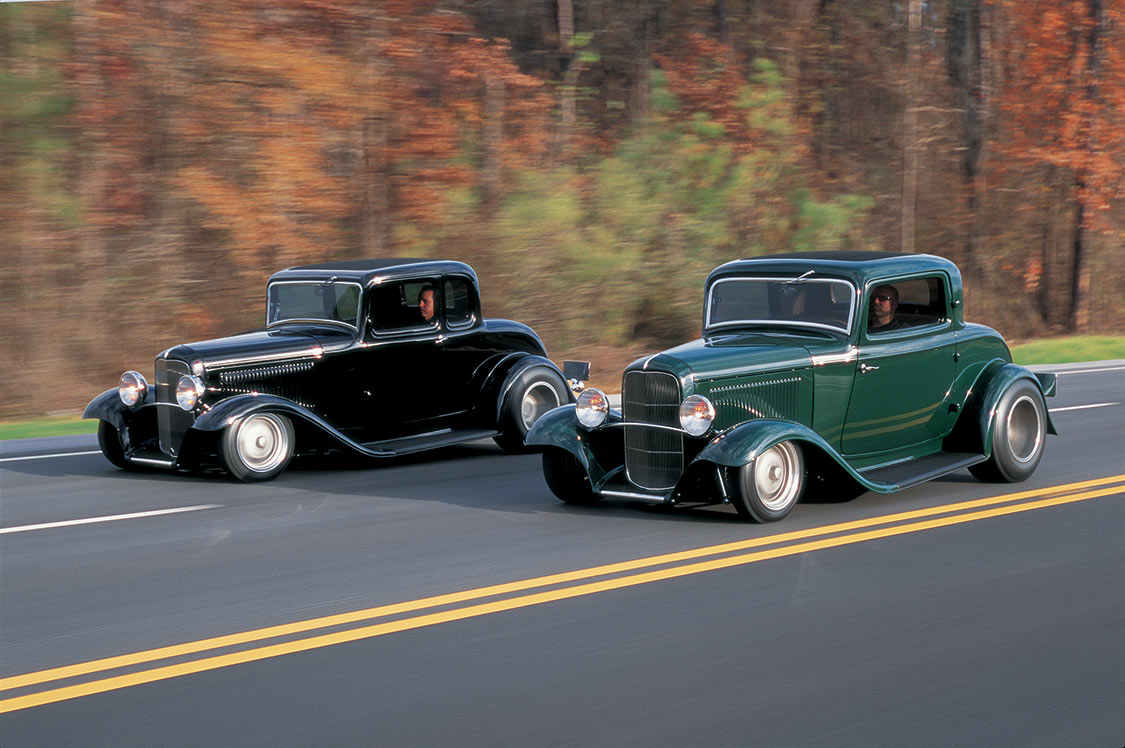
When Alan Johnson was 13 years old in 1984, his father bought him a busted-up Volkswagen Beetle, saying that if he wanted something to drive when he got his license, he was going to have to fix it up himself. Where to do this wasn’t a problem, as Johnson’s parents owned a collision shop where he already worked after school. But if they expected Alan to do a simple dent-and-paint repair on the little car, they were in for a surprise. “I wasn’t sure what it was going to look like, but I knew it wasn’t going to be stock,” Johnson recalls.

Influenced by magazines highlighting the West Coast VW scene, Johnson set about making the Bug his own. He changed the hood, decklid, turn signals, taillights and bumpers, then lowered the car and fitted bigger wheels and tires. These alterations would become hallmarks of his future work, although the custom candy-orange paint and 1980’s-chic tape stripes did not. Finally, six months before his 16th birthday, Alan had a real California-style Beetle, something virtually unheard of in his hometown of Gadsden, Alabama.
Johnson’s passion for custom work continued to build, and when he became a full-time employee at his parents’ shop after high school, he began working on a 1937 Ford. “When I started that car I had zero fabrication experience, and it needed a lot of fabrication,” he explains. “For one thing, it was a coupe and I was going to make it into a cabrio!”
Working on the Ford taught Johnson an important rule that would serve him well as his career developed: Don’t get ahead of yourself. “I probably spent 150 hours on the roof before I’d realized I didn’t like it,” he remembers. “And I re-did it three times before I was 100 percent happy.”
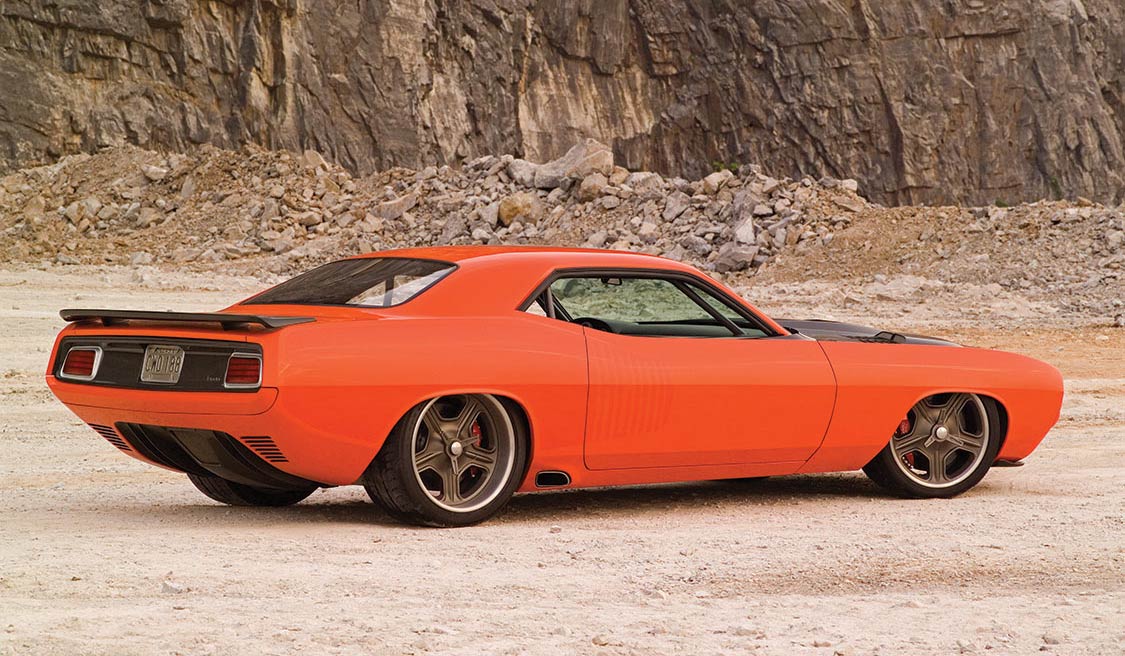
However, this “perfect-at-any-cost” attitude eventually paid off. When he brought the bright yellow Ford to the 1993 NSRA Street Rod Nationals, it attracted a lot more attention than he expected—and a Pro’s Pick award. “The car did well, and a lot of people asked me about doing work for them,” Johnson says. “Right after that, I started working on cars for other folks.” That was the beginning of Johnson’s Hot Rod Shop.
Johnson’s unique style steadily put him on the map, and his 1933 Ford Cabriolet Highboy debuted at the Detroit Autorama in 1997. The car was a runner-up for the Ridler Award, and it won 1997 Goodguys Street Rod of the Year as well as Best In Show at the SRA’s Shades of the Past event. Topping it all was being named Street Rod Builder of the Year at SEMA.
To date, one of Johnson’s most notable creations is the 1971 G-Force Barracuda, which nabbed the Goodguys Street Machine of the Year award in 2006. Soon after, Mattel approached him about doing a Hot Wheels model of the car. “Seeing a Hot Wheels model of something that I built—and that also had the shop’s name on it—was the coolest thing that could happen,” he says.
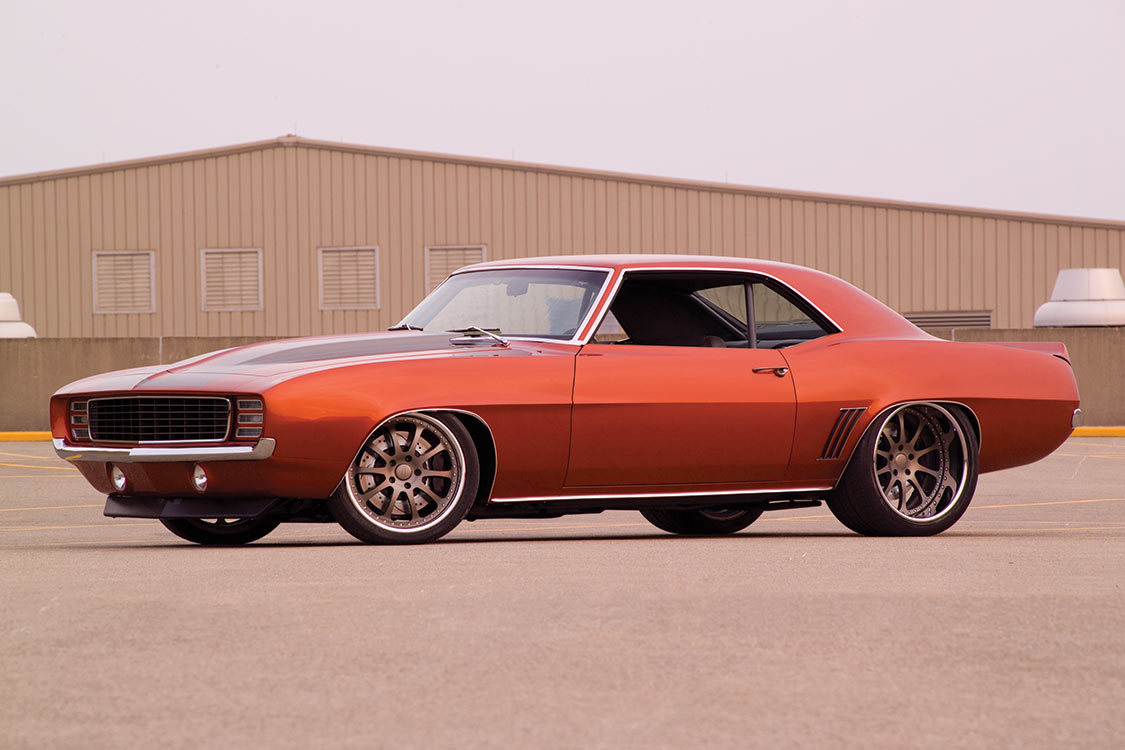
Simply put, the G-Force ’Cuda illustrates Johnson’s design philosophy, which is to emphasize the shape of the car and concentrate on form rather than adornment. “I want to make cars that aren’t going to be out of style in the future,” he explains. “My goal is something that looks good and can function. But the catch is that something that looks simple, is not necessarily simple.”
A great example of this approach is his orange 1969 Camaro. At first glance the bumpers look like stock units, but they are actually all-new parts designed to close up the gaps to the body and better fit the shape of the car.
In 2009, Johnson’s Hot Rod Shop finally won the prize that had eluded him 12 years before—the Detroit Autorama Ridler Award. This time, Johnson’s winning effort was a 1932 Ford B-400 called the “Deucenberg V8.” Inspired by classic Deusies of the era, Johnson and his employees spent four years re-working every bit of sheet metal on the Ford and creating a cloth-covered aluminum liftoff roof.
Ironically, entering it in Autorama wasn’t even on their minds. “Once 95 percent of the fabrication on that car was done, everyone who saw it kept talking about Autorama, which was only three months away. Doug Cooper, the car’s owner, and I were talking one night, and he said, ‘What would it take to get this car to Detroit?’ I said, ‘Doug, I don’t know if we can do it in three months, and if we can, it’ll take everything we can do.’ If we were going to go, I wanted us to go with a car we knew could win.”
“My goal is something that looks good and can function. But the catch is that something that looks simple, is not necessarily simple.”
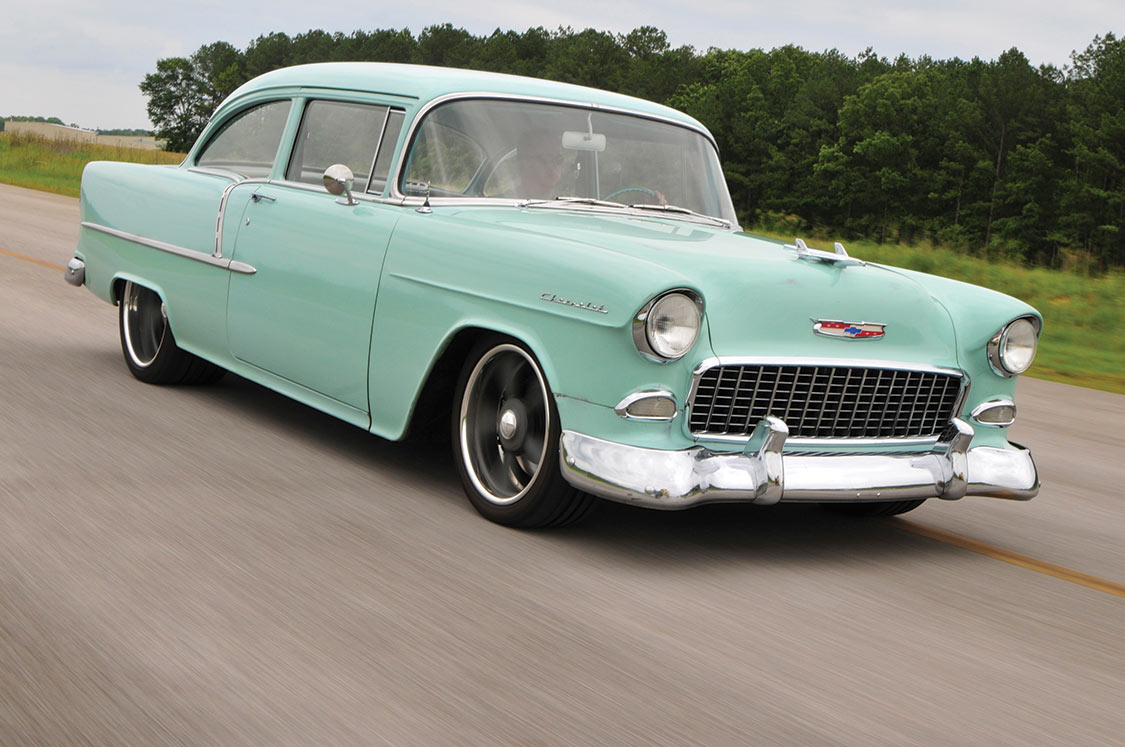
After some soul-searching, Johnson’s Hot Rod Shop shifted into high gear, putting other work on hold to concentrate on the Deucenberg. For the last four weeks, Johnson and his crew literally worked around the clock. A day and a half before the car was set to leave—a Monday at around 2 a.m.—the car came off the jack stands. It started and ran, but would not move. Johnson awoke his transmission builder, who diagnosed a broken pump and offered to drive eight hours to fix it. Johnson told him to stay in bed, as he and his crew could replace the pump. Twenty-four hours later, the car was moving. “We got six hours of sleep, then loaded it onto the trailer and headed for Detroit,” he remembers. Winning the Ridler Award made it all worthwhile.
In a repeat of his parents’ lesson to him as a teen, when Alan’s wife Angie wanted to learn more about the business, he thought the best way would be to have her build a 1932 Ford Roadster of her own. “It was going to be just an everyday driver for her,” Johnson explains. “But as the project evolved, I started seeing things I wanted to do with the car.” Many of the parts Alan created for his wife’s Ford, including the radius rods, steering wheel and shifter, formed the basis of Johnson’s Perfection Hot Rod Parts series. Angie enjoyed the process, but the finished product turned out to be a bit too far from her original vision. “We ultimately had to build another one to get her what she wanted,” Johnson laughs.
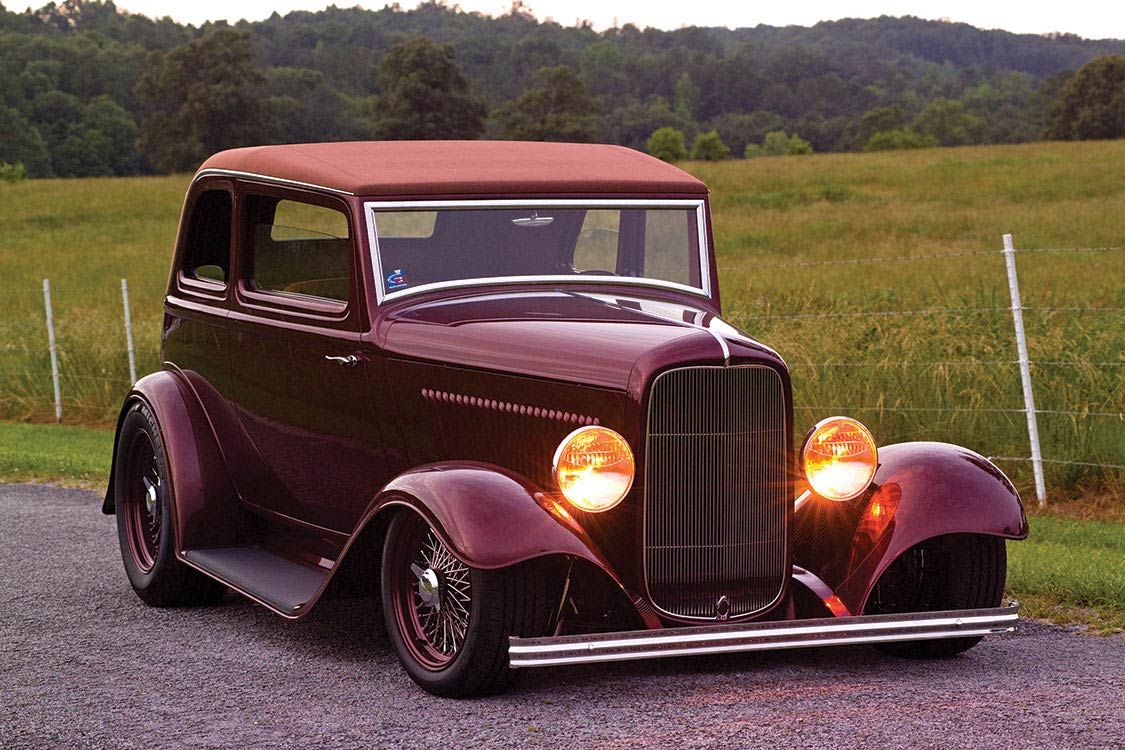
Today, Johnson’s Hot Rod Shop employs 15 people, and his builders are a mix of experienced professionals and young local talent—as well as Johnson’s father, who works in the shop periodically. Although Johnson has final say in most decisions, he believes in letting his builders have design-process input. “Their ideas and influences come into play in everything we do,” he explains. “I’ve got talented guys in the shop, and if I don’t use their talent to its fullest, then I’m not giving the customer 100 percent.”
Despite his love of historic designs, Johnson maintains a keen focus on the future and enjoys the challenge of embracing new technology. A great example is the “Stupidbaker,” a 1953 Studebaker pillar coupe built to run at Bonneville. Class rules say the front end can be completely reshaped, but Johnson wanted the car to maintain its unmistakable Studebaker look. “We did the aerodynamics with Total Sim in Columbus, Ohio,” he says. “Their customers are IndyCar, NASCAR and Formula 1 teams, so working with them and bringing this technology into our build was pretty awesome.”

Johnson and his team used CAD to model the car, which allowed them to find the best fit for suspension and chassis components before they started to cut metal. “When we put the car in the wind tunnel, the actual performance was better than we expected,” he reports. “No way we could have done that project to such a high level in such a short time without using that technology.” Today, Johnson’s Hot Rod Shop makes extensive use of CAD/CAM, which allows them to design and machine parts in-house. They now make virtually all of the parts for their cars except for engines and transmissions.
One thing that hasn’t changed over the years is Alan Johnson’s love for the business. “Some days I work 18 or 20 hours, and I still look forward to coming to work the next day,” he says. “I think that if you’ve got the passion and desire, you can do anything you want. But of course, I might be a little biased.”
Find Them Online:
JohnsonsHotRodshop.com